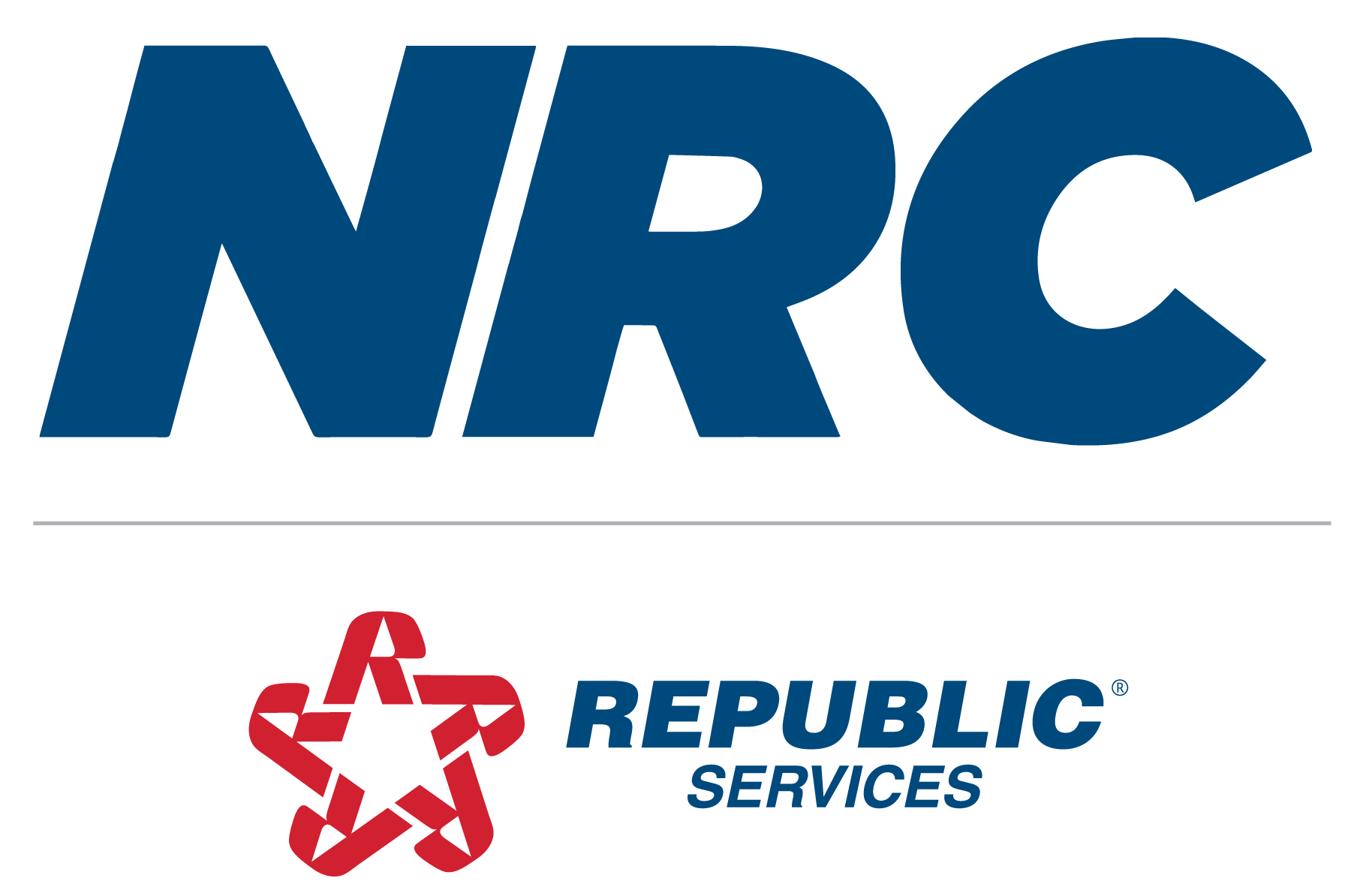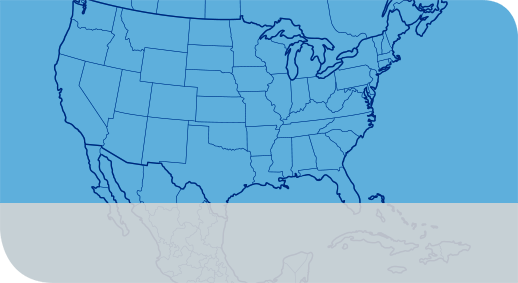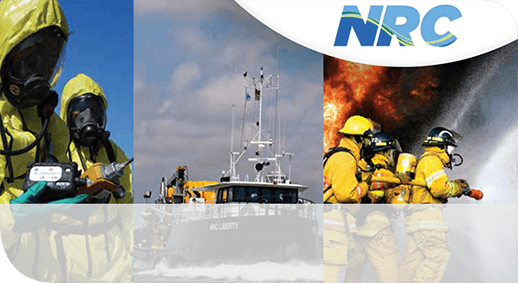Goble Site Phase I – Decontamination
Location: Rainier, Oregon




Summary
In June of 2017, NRC was hired by the US Coast Guard to perform removal of hazardous materials from all vessels on the Goble Landing project site. Pre-planning related to this project allowed quick mobilization of approximately 15 hazardous materials response personnel to concurrently perform a number of related tasks, including:
- Mobilization of a portable boiler to the site on a barge to heat semi-solid Bunker oil for pumping
- Mobilization of a vacuum trailer to the site on a second barge to assist in pumping bulk fuel from vessel fuel tanks
- Mobilization of a portable laboratory to process environmental samples
- Assessment of all vessels to determine the presence of hazardous materials
- Sampling of all fuels for polychlorinated biphenyls (PCBs) using the portable laboratory
- Pumping of approximately 45,000 gallons of fuel and oily water from vessel fuel tanks with segregation of PCB-contaminated and non-PCB-contaminated fuels in separate tanks
- Collection, characterization, inventory, packaging and disposal of approximately 1 ton of hazardous waste from each vessel or barge, including paint, solvents, cleaners, coolants, poisons
- Flaring of 14 propane or refrigerant tank or cylinders
NRC performed all of the above tasks within a nine-day project window, working long days and through weekends to minimize the oversight needed. Despite the compressed timeframe, NRC work activities were completed with no incidents or safety issues in a timely and cost-effective manner. A site-specific Health and Safety Plan was drafted in advance of site activities to meet the requirements of the US Coast Guard Strike Team providing oversight of the project. A dedicated Health and Safety professional was present during all on-site work to manage risk in a changing and poorly characterized marine work environment.
This project was supported using a number of workboats (minimum of three on site at all times), a tug boat, one small barge (40’ x 16’), and two large barges (approximately 150’ x 50’). These assets provided the area for working space, break areas, a command post, temporary storage tanks and the portable boiler. NRC vessel operators and deckhands were primarily local to the Goble area and intimately familiar with the river conditions and vessels encountered and the activities performed.
Highlights
- Hazardous materials assessment and on-site testing of samples with portable laboratory.
- Vacuum pumping of ~45,000-gallons of fuel and oily water from vessel fuel tanks.
- Segregation, collection, characterization, packaging and disposal of multiple hazardous waste streams.
- Work successfully performed within compressed project schedule without incident.

 Search
Search Menu
Menu









